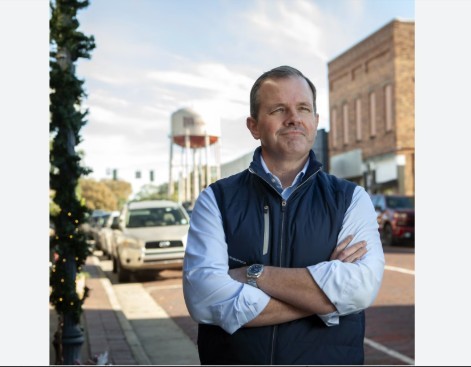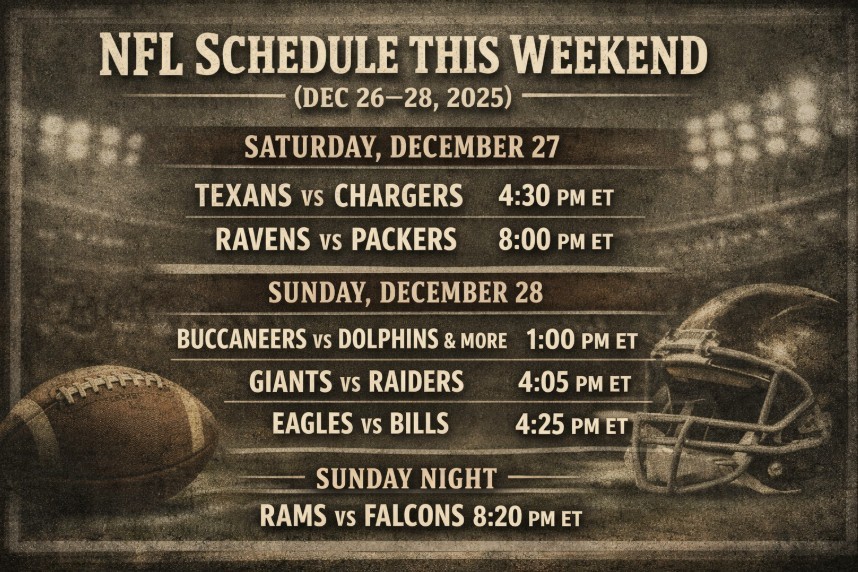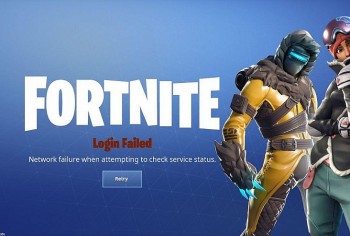Amazing Facts About Guns in the US: Ownership, Sales and Tax
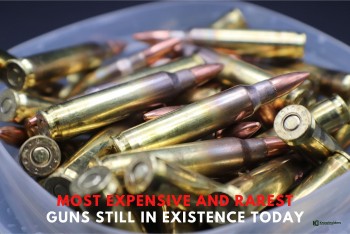 Top 10+ Rarest Guns Still Exist in the World Today Top 10+ Rarest Guns Still Exist in the World Today |
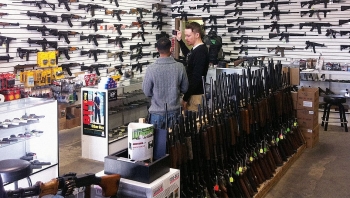 How to Buy A Gun in the US with 2 Steps in 15 Minutes How to Buy A Gun in the US with 2 Steps in 15 Minutes |
As stated in the United States Constitution, individuals have the unassailable right to possess and carry firearms without any encroachment or violation. Ingrained within the societal framework of the country, firearms have become synonymous with the liberties and customs of America.
Nevertheless, the association between firearms and the citizens of the United States has grown progressively intricate in contemporary America.
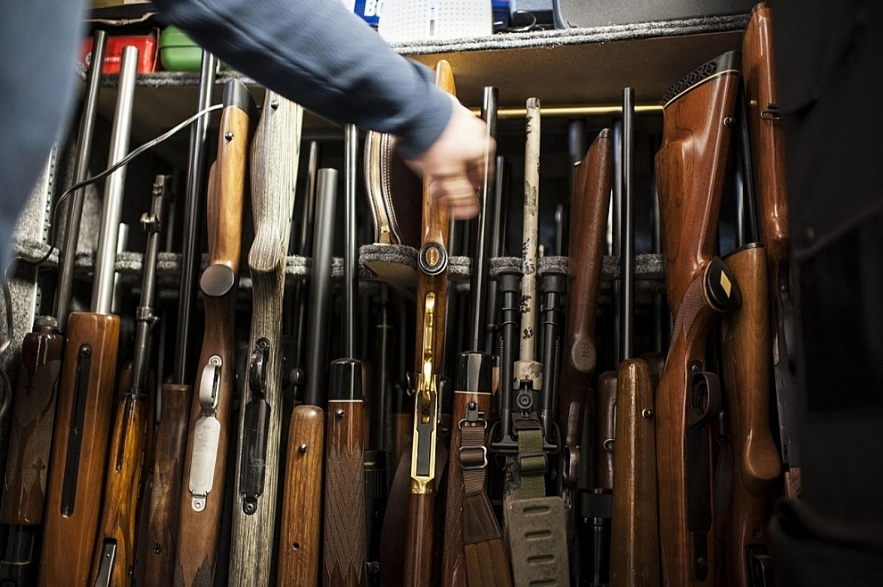 |
| Americans Bought The Most Guns This Year |
Where in The U.S Are Guns Most Popular?
The Small Arms Survey estimates that 393 million civilians in America own firearms, both legal and illicit. Nonetheless, only one in three Americans claim to be gun owners, despite the fact that 44% of them reside in homes with guns. Thus, the majority of gun owners own multiple firearms.
With an estimated 1.2 million gun sales, California, the largest state in the union, comes in third place. Two other states with large populations, Texas and Florida, round out the top three with estimated sales of over 1.6 million each. With a population of 23, Alabama is ranked 10th in terms of estimated gun sales (about 678,000), while Virginia, the 12th-biggest state, comes in sixth place with roughly 778,000 gun sales.
With regard to total estimated gun purchases, Wyoming comes in second to last place. Montana comes in second, and Alaska comes in third, with the difference between the two states being less than one point. Wyoming has the highest population-adjusted rate, at just over 14 points. Four states in the South are close to the top of the list, and Idaho, another Western state, is among the top 10. The only states that rank in the top 10 for both population-adjusted sales rates and absolute sales are Alabama; Iowa, Nebraska, and Washington, D.C. rank in the bottom 10 for both metrics. The rate in D.C., which is 6.5 per 1,000 people, is roughly one-third that of Iowa, the state that ranks second-to-last. It is a small percentage of Wyoming's rate.
Gun sales by state or territory:
- Alabama (854,080)
- Alaska (83,567)
- Arizona (515,778)
- Arkansas (259,459)
- California (1,351,076)
- Colorado (574,023)
- Connecticut (257,179)
- Delaware (62,907)
- District of Columbia (11,660)
- Florida (1,560,757)
- Georgia (738,311)
- Guam (4,138)
- Hawaii (16,245)
- Idaho (248,986)
- Illinois (8,036,858)
- Indiana (1,698,198)
- Iowa (245,795)
- Kansas (207,939)
- Kentucky (3,473,035)
- Louisiana (360,707)
- Maine (117,261)
- Mariana Islands (323)
- Maryland (246,090)
- Massachusetts (240,538)
- Michigan (893,501)
- Minnesota (873,639)
- Mississippi (286,796)
- Missouri (572,875)
- Montana (145,842)
- Nebraska (82,564)
- Nevada (171,980)
- New Hampshire (138,693)
- New Jersey (209,839)
- New Mexico (177,022)
- New York (425,778)
- North Carolina (716,542)
- North Dakota (73,996)
- Ohio (776,813)
- Oklahoma (373,193)
- Oregon (414,935)
- Pennsylvania (1,287,678)
- Puerto Rico (67,489)
- Rhode Island (35,144)
- South Carolina (443,095)
- South Dakota (97,847)
- Tennessee (871,590)
- Texas (1,794,401)
- Utah (1,090,028)
- Vermont (46,966)
- Virgin Islands (1,965)
- Virginia (592,584)
- Washington (667,831)
- West Virginia (201,157)
- Wisconsin (719,957)
- Wyoming (76,182)
How Many Guns are Sold in the U.S Every Year?
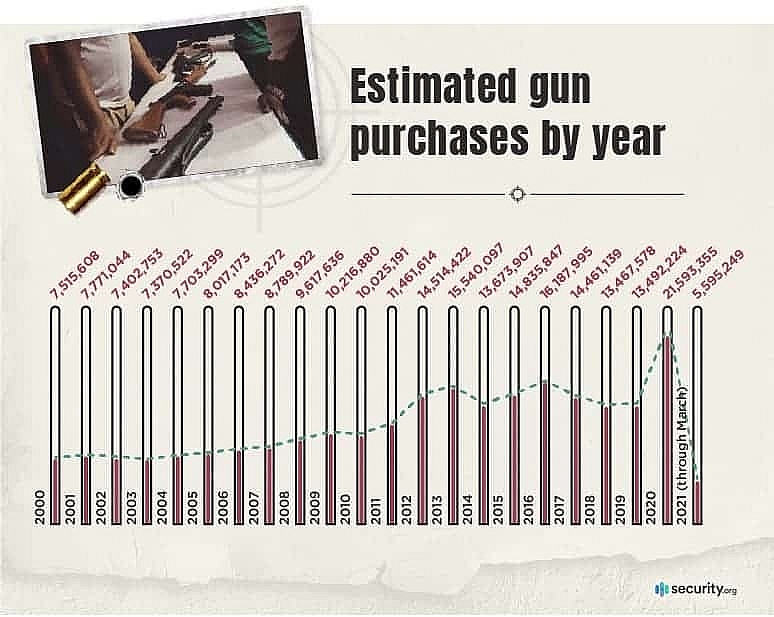 |
| Retail Gun Sales |
With over 18 million firearms sold so far this year, 2021 is shaping up to be the second-busiest year for gun sales in at least 20 years for Americans.
However, the FBI's National Instant Criminal Background Check System (NICS) shows that gun sales fell sharply in November, falling to 2,217,458 from the same month in 2020, a 25% decrease.
At 35.7 million, the annual U.S. total for the first 11 months of 2021 is unchanged from the same period in the previous year. According to data from the last few months, the United States' gun sales have tapered off in 2021 after rising for a few years, topped by a spike in 2020 that was primarily attributed to the COVID-19 pandemic and civil unrest.
The number of firearm sales that are handled by the FBI's National Crime Information Center is listed on a list that it maintains track of. The numbers are released by state each month. Almost everyone who goes through this process is eligible to become a buyer. The majority of those who are excluded have criminal histories. Just 2 million of the more than 350 million checks that have been written since 1998 have been denied. This makes the data the most accurate proxy for gun sales in the United States.
The reason for the recent decline in sales is unclear. But a thorough analysis of the cause of the spike from last year into the first half of 2021 has been conducted.
Additionally, the makeup of gun buyers has shifted. According to CNN, half of all gun buyers in 2020 were female, according to researchers. The Northeastern University & Harvard Injury Control Research Center reports that one-fifth of the population was Hispanic and one-fifth was Black. Recent social unrest and the COVID-19 pandemic have also been cited as contributing factors.
Gun sales have climbed in the majority of the years since 1999, notwithstanding what may be a dip this year. 2016 saw the first year-over-year sales over 25 million, followed by 20 million in 2013, 15 million in 2011, and 10 million in 2006. Sales in 1999 reached 9,138,123, the first year for which the FBI maintained statistics.
Kentucky had the highest gun sales in November, totaling 372,237. Despite the state having just 1.3% of the total population, that represents 17% of national sales.
Gun sales have increased steadily since the FBI began maintaining its National Instant Criminal Background Check System (NICS) in November 1998.
The reason for the recent decline in sales is unclear. But a thorough analysis of the cause of the spike from last year into the first half of 2021 has been conducted. Approximately one in five new gun sales go to first-time purchasers, according to The Guardian.
Additionally, the makeup of gun buyers has shifted. According to CNN, half of all gun buyers in 2020 were female, according to researchers. The Northeastern University & Harvard Injury Control Research Center reports that one-fifth of the population was Hispanic and one-fifth was Black. Recent social unrest and the COVID-19 pandemic have also been cited as contributing factors.
Furthermore, it's not totally obvious why sales took off in 2020. Although the COVID-19 pandemic and social unrest are frequently cited as causes, neither has been proven with any degree of certainty.
These are total gun sales by year since 1999:
- 1999: 9,138,123
- 2000: 8,543,037
- 2001: 8,910,191
- 2002: 8,454,322
- 2003: 8,481,588
- 2004: 8,687,671
- 2005: 8,952,945
- 2006: 10,036,933
- 2007: 11,177,335
- 2008: 12,709,023
- 2009: 14,033,824
- 2010: 14,409,616
- 2011: 16,454,951
- 2012: 19,592,303
- 2013: 21,093,273
- 2014: 20,968,547
- 2015: 23,141,970
- 2016: 27,538,673
- 2017: 25,235,215
- 2018: 26,181,936
- 2019: 28,369,750
- 2020: 39,695,315
 Top 15 Incredibly Weird Weapons of Ancient Times Top 15 Incredibly Weird Weapons of Ancient Times Weapons are not things that we usually think of on the daily basis, yet there are interesting facts about this deadly stuff. Check out the ... |
Gun Sales and New Tax
Advocates and lawmakers claim that this strategy could generate enough money to pay for programs that save lives by preventing violence, as well as partially offset the $280 billion annual cost of gun violence in the United States. Following a year in which background check data showed a record 21 million gun sales and 34,274 gun deaths (according to Gun Violence Archive data), some are reexamining the possibility of implementing a tax plan to lessen the bloodshed that occurs in homes, grocery stores, and schools.
This year's exceptionally violent summer in California prompted lawmakers to suggest a tax on weapons and ammunition, with the goal of raising money especially for community-based preventive initiatives. Though it was four votes short of passing by a super majority in the state Assembly last summer, AB1223—which would have imposed an excise tax of 10% on handgun sales and 11% on long guns, precursor parts, and ammunition—is scheduled to be reintroduced in January.
The bill's Republican opponents have claimed it is unconstitutional.
Municipal attempts to tax firearms or ammunition have been attempted in Cook County, Illinois, and Seattle, and both have encountered difficult implementations and fierce opposition from the firearms industry.
In 2015, city lawmakers in Seattle passed a law requiring retailers to pay a $25 tax on each firearm sold and a few cents per round of ammunition. The money raised would go toward funding initiatives aimed at reducing gun violence. Although it has been contested, the most recent case seeking to have it overturned was denied by the Washington Supreme Court.
The Illinois Supreme Court overturned a similar $25 tax on the sale of firearms and a 5-cent tax on ammunition cartridges that were approved in 2012 in Cook County, which includes Chicago, earlier this month. The uniformity clause of the state constitution is violated by the taxes, according to the Illinois High Court's ruling. As a result, the government must prove that the tax classification is materially related to the purpose of the legislation.
Firearm Ownership
According to a survey conducted in 2020, 42% of American households said they owned one or more firearms. As a result, Americans are the world's most heavily armed civilian population. According to a separate 2018 survey, only 42% of gun owners said they never carry a gun, compared to 18% who said they carry one on a daily basis.Fifty-one percent of the men surveyed said their household is gun-owning, and forty-five percent of them personally own a gun. These percentages are marginally lower for women. In the US, there is a great deal of partisanship surrounding gun ownership. Republicans support everyone's right to bear arms, while Democrats typically support more stringent gun control laws. With this in mind, it is perhaps unsurprising that 64 percent of Republicans report living in a gun-owning household, while only 31 percent of Democrats say the same. Democrats report owning guns on a personal level at a relatively low rate (18%) in 2020.
Read More: Top 15 Incredibly Weird Weapons of Ancient Times
Firearms and Crime
The high number of crimes involving firearms, the proliferation of mass shootings, and accidental deaths have led to public disagreement over gun ownership laws. In the US in 2019, the use of a firearm was implicated in over 73.6 percent of homicides. For Black Americans, the situation seems even more concerning. Black male Americans experienced more gun deaths in 2016 than White Americans did.The sheer volume of mass shootings that take place in the US is a serious social issue. As a result, proposals to outlaw bump fire stocks, assault-style rifles, and large-capacity ammunition magazines have been made time and again. Early in 2021, it was discovered that half of all registered voters strongly supported outlawing assault-style weapons; however, only 26% of Republicans and 71% of Democrats agreed, underscoring the political differences on this issue.
Gun Deaths
Additionally, the most common way that Americans commit suicide is with a gun. In 2019, the most recent year for which data has been released by the federal Centers for Disease Control and Prevention, gun-related injuries claimed the lives of nearly 40,000 people.
Where are the highest rates of gun-related deaths—intentional and unintentional—along with the highest rates of law enforcement involvement and other factors? In general, the South has the highest rates of gun homicide, while the West has the highest rates of gun suicide. The average gun homicide rate in the South, for instance, is 7.5 per 100,000, approximately 83% higher than the rate in the next highest region, the Midwest (4.1 per 100,000). Conversely, the West leads the country in the average number of gun-related suicides (11.4 per 100,000 people), a rate that is roughly 24% greater than any other region (the South comes in second at 9.1 per 100,000).
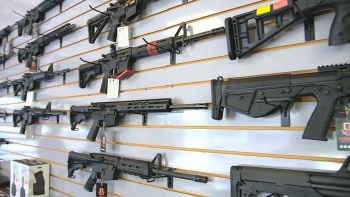 Facts about & Full Text 'Gun Control Bill' to Expand Background Checks in USA Facts about & Full Text 'Gun Control Bill' to Expand Background Checks in USA Facts about & Full Text 'Gun Control Bill': The House on Thursday passed gun control bill (the Bipartisan Background Checks Act of 2021) that would ... |







